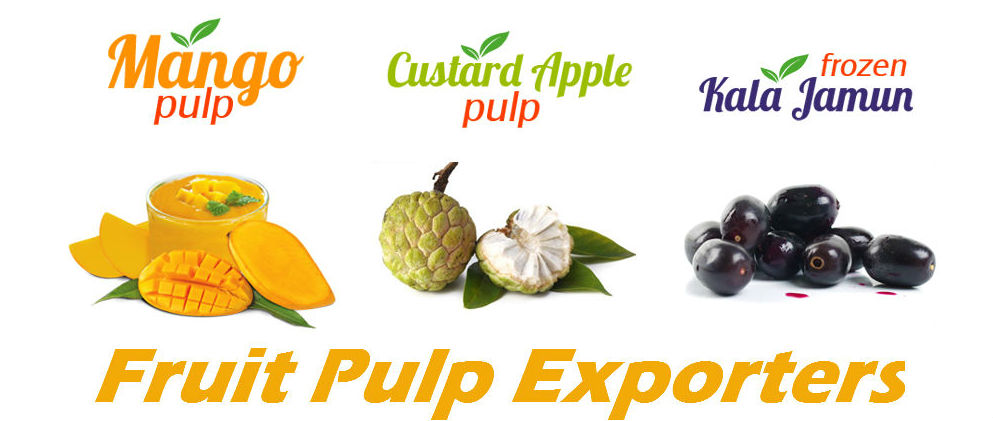As hot
summers approach every year, people forget to enjoy their days and shut
themselves in an AC room and went to different city/place. Frozen mango dices suppliers bring a chilled treat recipe for
people who want to beat the summer. This dessert recipe will make kids and
adults happier and summer ready. Mango fruit is a rich source of vitamin C that
keeps you cool from inside and helps you to fight with heat and temperature.
Ingredients
(for crust) needed for this recipe :
•
Vegetable oil
•
¼ cup of salted
dry roasted macadamia nuts
•
3 tbsp granulated
sugar
•
¼ cup all purpose
flour
•
1 tbsp white
butter (unsalted)
For mouse :
•
¼ cup fresh
orange juice
•
1 sachet of
gelatin (unflavored)
•
2 firm, ripe
mango dices
•
½ cup granulated
sugar
•
3 tbsp lemon
juice
•
1 cup heavy cream
•
½ cup
confectioners’ sugar
Steps to
follow :
- Preheat
your oven to 350 degrees. Coat the 8 ring molds with cooking oil. Place on
a rimmed baking sheet lined with butter paper.
- Crust making- Grind nuts and
granulated sugar in your food processor into fine powder. Take a bowl and
combine nuts and sugar mixture with flour and butter. Mix them well. Put a
tablespoon of mix into each mold and press into bottom. Bake this mix for
12 minutes until it gets golden brown color. Let it cool.
- Mouse making- Pour orange juice
into a small pan. Add gelatin and let stand until softened. Place the pan
on low flame, stir and dissolve. Remove it from the stove.
- Refrigerate some mango dices. Take
remaining mangoes and chop them and blend them in a processor to make a
puree. Now take a blender, add puree, granulated sugar, lemon juice and
mix them. Add gelatin when blender is on slow mode. Blend until all
materials combine. Transfer the mix into a bowl.
- Beat the heavy cream and add
confectioners’ sugar and beat until soft peaks return. Now whisk 1/3 of
the whipped cream into the mango mixture.
- Put mouse into molds by 3 quarters
full. Cover it with plastic wrap and freeze for minimum 4 hours. (Its
shelf life is up to 1 week).
- Eat the frozen mango cream cake at
room temperature. Use frozen mango dices to garnish.



